Buy the photo The Last Notes of a Lost Piano. by Roman Robroek - Photos of Abandoned Buildings on canvas, ArtFrame, poster and wallpaper, printed on demand in high quality.
About "The Last Notes of a Lost Piano."
by Roman Robroek - Photos of Abandoned Buildings
About the artwork
This abandoned room belongs to a 19th-century villa built for a leading figure of the Italian Risorgimento. He led the National Guard, took part in major historical uprisings, and wanted a quiet retreat shaped by his travels across Europe. The villa was completed in the late 1850s by an architect known for eclectic architecture. Its design blended classical revival styles with Eastern influences, from neo-Greek to neo-Moorish inspirations. The walls were thick, the structure solid, and the decoration refined. Inside, the owner filled the rooms with objects brought back from his journeys. Outside, a park and large garden surrounded the residence, complete with a fountain that later disappeared.
From the 1930s onward, the villa began its long decline. It was abandoned by the original family, later occupied by displaced people, then sold, looted, and vandalized. Throughout the 20th century it gained a reputation as a “haunted” place. Stories of ghosts, unexplained suicides, and occult rituals became part of local folklore, despite official sources confirming none of it ever happened.
The piano remains on the floor are part of those legends. People spoke of music echoing at night from a room where a piano once stood. Its presence helped shape the building’s modern myth, shared widely again when international media listed it among the world’s most mysterious abandoned houses. Today the villa is unstable, overtaken by vegetation, and largely inaccessible. Restoration would cost millions, and geological risks make intervention difficult. Still, its history, architecture, and mythology keep it alive in the imagination of anyone who steps inside.

About Roman Robroek - Photos of Abandoned Buildings
Roman Robroek is a photographer who captures forgotten places around the world. In particular, he is focused on creating stunning pho-tos of abandoned locations, rich with wonder, mystery and unanswered questions... Read more…
 Germany
Germany Ordered in June 2025
Ordered in June 2025
 Netherlands
Netherlands Ordered in September 2017
Ordered in September 2017
 Netherlands
Netherlands Ordered in March 2021
Ordered in March 2021
 Germany
Germany Ordered in March 2021
Ordered in March 2021
 Germany
Germany Ordered in January 2024
Ordered in January 2024
 Netherlands
Netherlands Ordered in April 2019
Ordered in April 2019
 Netherlands
Netherlands Ordered in March 2024
Ordered in March 2024
 Netherlands
Netherlands Ordered in May 2025
Ordered in May 2025
 Germany
Germany Ordered in March 2021
Ordered in March 2021
 Netherlands
Netherlands Ordered in April 2017
Ordered in April 2017
 Netherlands
Netherlands Ordered in July 2022
Ordered in July 2022
 Netherlands
Netherlands Ordered in December 2021
Ordered in December 2021
About the material
ArtFrame™
Interchangeable Art Prints
- High-quality print
- Easily interchangeable
- Acoustic function
- Large sizes available
Discover the artworks of Roman Robroek - Photos of Abandoned Buildings
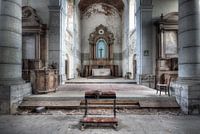 Abandoned Church Altar.Roman Robroek - Photos of Abandoned Buildings
Abandoned Church Altar.Roman Robroek - Photos of Abandoned Buildings Magical ViewRoman Robroek - Photos of Abandoned Buildings
Magical ViewRoman Robroek - Photos of Abandoned Buildings Corridors in Abandoned Italian Hospital.Roman Robroek - Photos of Abandoned Buildings
Corridors in Abandoned Italian Hospital.Roman Robroek - Photos of Abandoned Buildings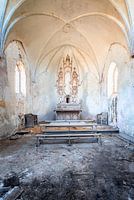 The Little Abandoned Chapel.Roman Robroek - Photos of Abandoned Buildings
The Little Abandoned Chapel.Roman Robroek - Photos of Abandoned Buildings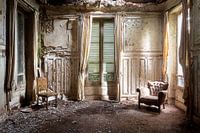 Rays of Light in Abandoned House.Roman Robroek - Photos of Abandoned Buildings
Rays of Light in Abandoned House.Roman Robroek - Photos of Abandoned Buildings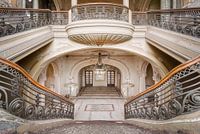 Grand Entrance.Roman Robroek - Photos of Abandoned Buildings
Grand Entrance.Roman Robroek - Photos of Abandoned Buildings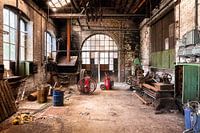 Abandoned Workshop in Decay.Roman Robroek - Photos of Abandoned Buildings
Abandoned Workshop in Decay.Roman Robroek - Photos of Abandoned Buildings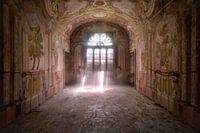 Beautiful Fresco in an Abandoned House.Roman Robroek - Photos of Abandoned Buildings
Beautiful Fresco in an Abandoned House.Roman Robroek - Photos of Abandoned Buildings Hallway in an Abandoned Villa.Roman Robroek - Photos of Abandoned Buildings
Hallway in an Abandoned Villa.Roman Robroek - Photos of Abandoned Buildings Lips on the Wall.Roman Robroek - Photos of Abandoned Buildings
Lips on the Wall.Roman Robroek - Photos of Abandoned Buildings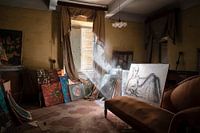 Abandoned Paintings in Home.Roman Robroek - Photos of Abandoned Buildings
Abandoned Paintings in Home.Roman Robroek - Photos of Abandoned Buildings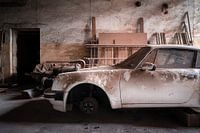 Abandoned Car in Garage.Roman Robroek - Photos of Abandoned Buildings
Abandoned Car in Garage.Roman Robroek - Photos of Abandoned Buildings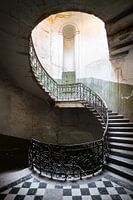 Abandoned spiral staircase.Roman Robroek - Photos of Abandoned Buildings
Abandoned spiral staircase.Roman Robroek - Photos of Abandoned Buildings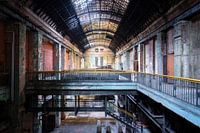 Abandoned Industry in Decay.Roman Robroek - Photos of Abandoned Buildings
Abandoned Industry in Decay.Roman Robroek - Photos of Abandoned Buildings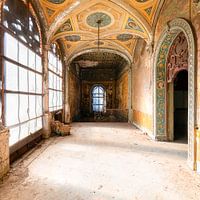 Abandoned Corridor in Villa.Roman Robroek - Photos of Abandoned Buildings
Abandoned Corridor in Villa.Roman Robroek - Photos of Abandoned Buildings Abandoned Metal Staircase.Roman Robroek - Photos of Abandoned Buildings
Abandoned Metal Staircase.Roman Robroek - Photos of Abandoned Buildings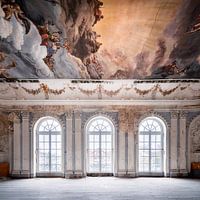 Abandoned Ballroom with Painting.Roman Robroek - Photos of Abandoned Buildings
Abandoned Ballroom with Painting.Roman Robroek - Photos of Abandoned Buildings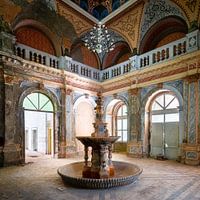 Abandoned Fountain in Decay.Roman Robroek - Photos of Abandoned Buildings
Abandoned Fountain in Decay.Roman Robroek - Photos of Abandoned Buildings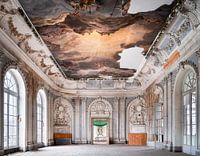 Abandoned Ballroom with Painting.Roman Robroek - Photos of Abandoned Buildings
Abandoned Ballroom with Painting.Roman Robroek - Photos of Abandoned Buildings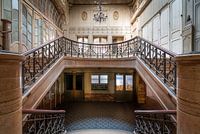 Stairs in Abandoned Cinema.Roman Robroek - Photos of Abandoned Buildings
Stairs in Abandoned Cinema.Roman Robroek - Photos of Abandoned Buildings
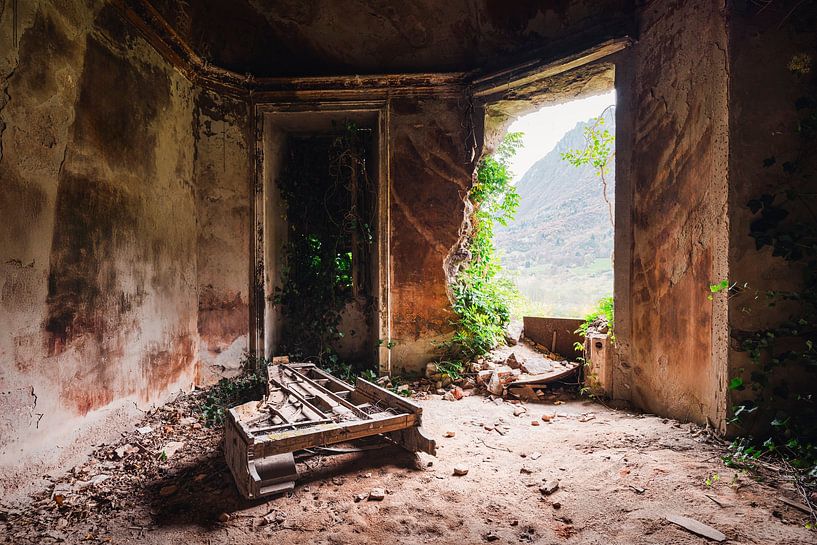

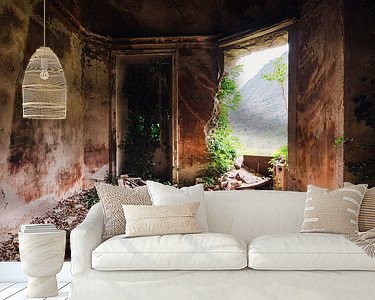
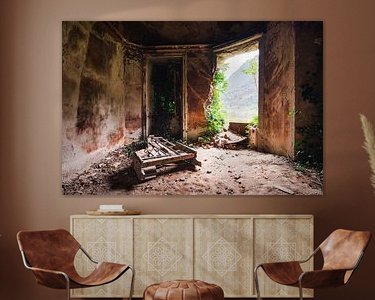


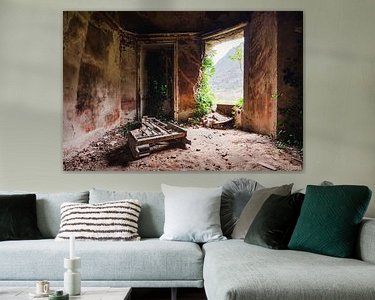

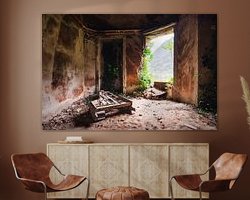
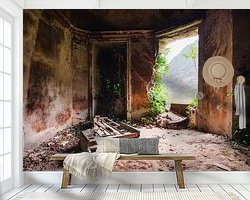
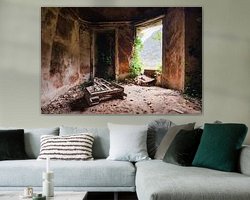
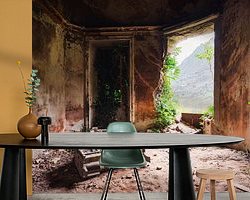
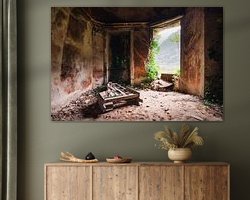
 Abandoned places
Abandoned places Architecture
Architecture Italy
Italy Melancholic Elegance
Melancholic Elegance Music
Music Musical instruments
Musical instruments Mysterious Spheres
Mysterious Spheres Nostalgic Memories
Nostalgic Memories Photo wallpaper
Photo wallpaper Photography
Photography Piano
Piano









